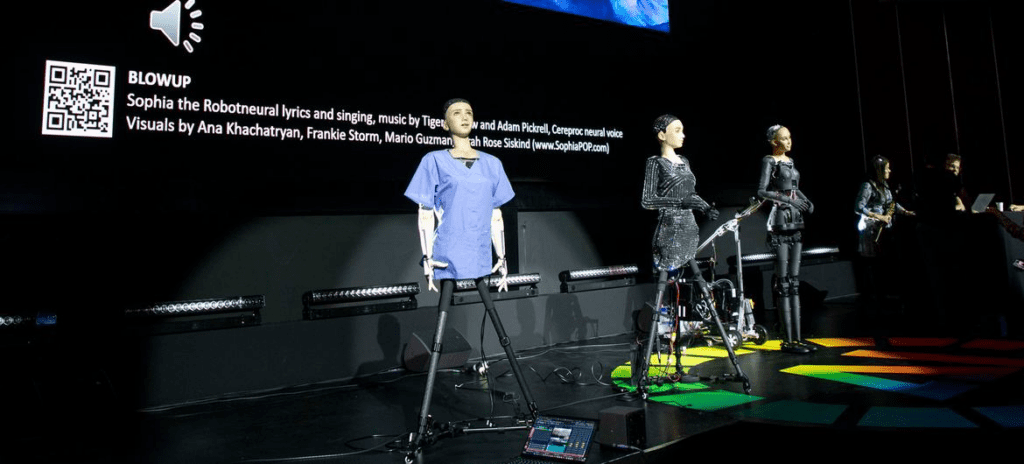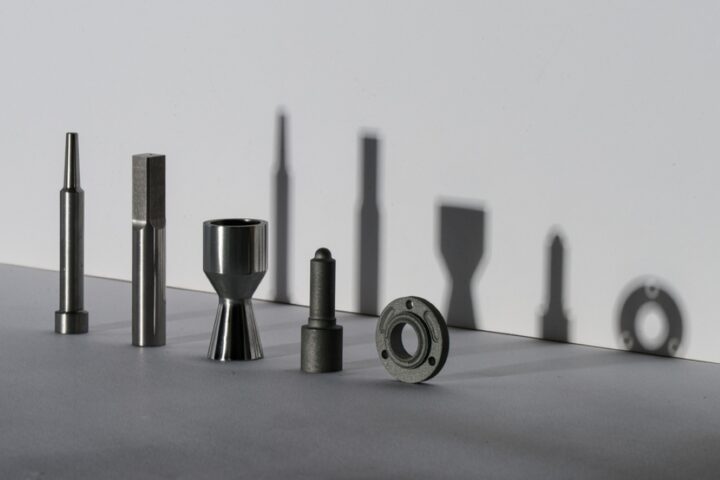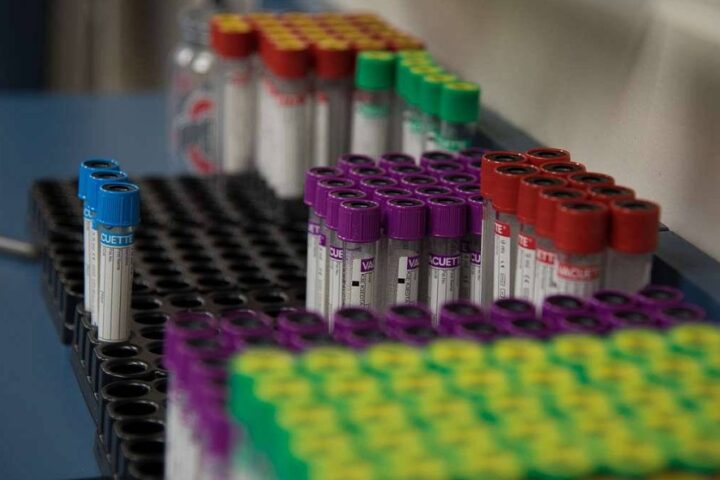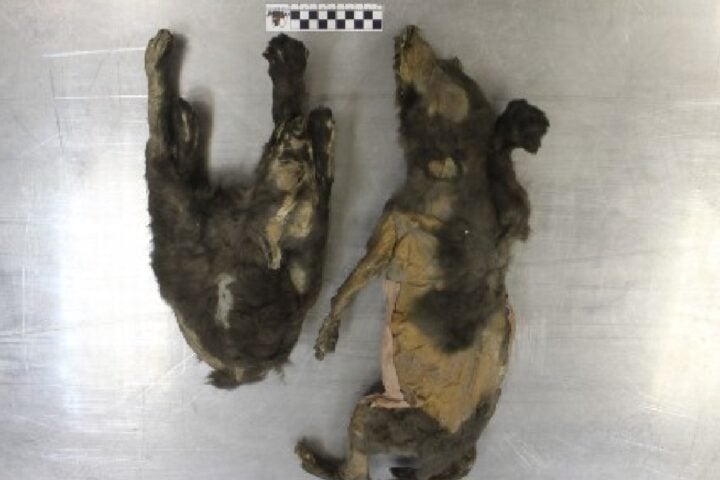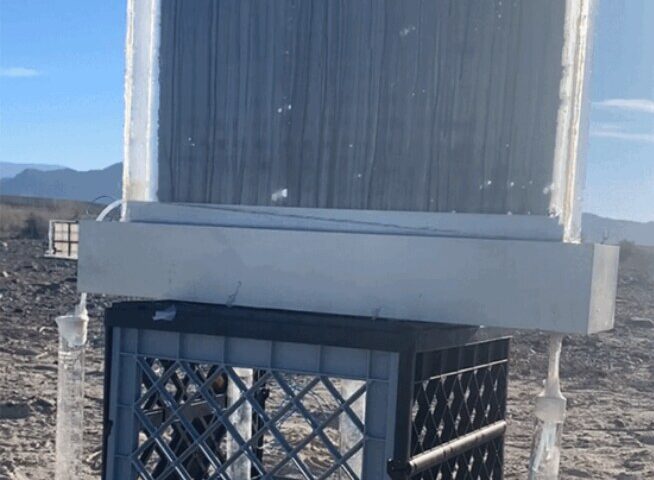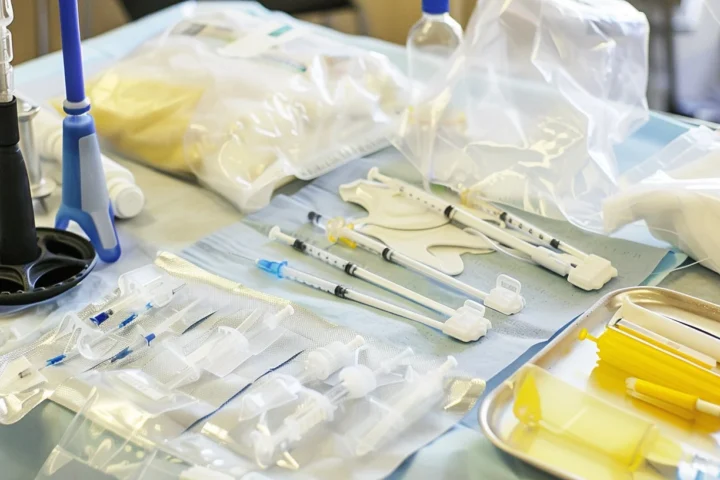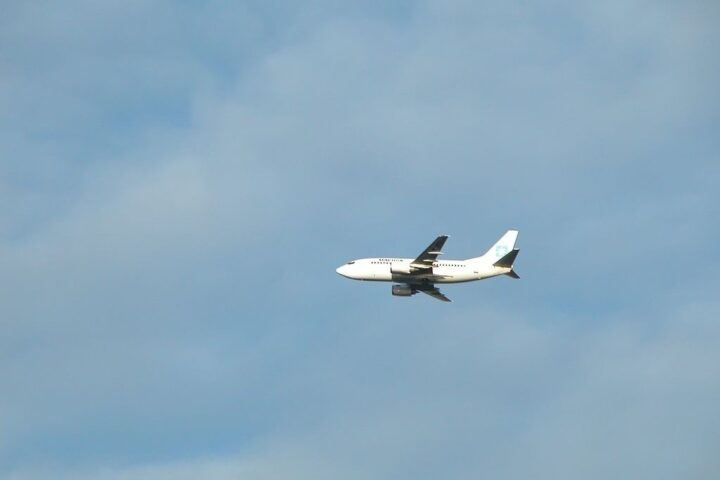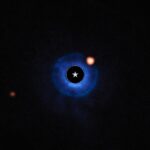NASA’s Starling mission plans to test critical swarm technologies in space using a quartet of 6U CubeSats. Showcasing their ability to autonomously fly together, the CubeSats will perform an orbital dance in low Earth orbit. Positioned approximately 355 miles above Earth, the spacecraft will be spaced around 40 miles apart. Demonstrating their capacity to track each other’s positions and trajectory accurately is the goal. A step towards developing cost-effective and scalable distributed spacecraft missions is the Starling mission. It is crucial for autonomous operation for swarms operating at considerable distances from Earth.
Owing to communication time delays and potential disruptions, the Swarms need to function independently. Without guidance from mission controllers, the spacecraft will plan and execute activities as a unified group. The creation and maintenance of an inter-spacecraft communication network is the key technology being tested. The network of communications will automatically adjust to changing conditions. The network will reconfigure itself to ensure interrupted communication for the remaining operational swarm if one spacecraft’s communications node fails. The ability of spacecraft to work together and adapt to changing circumstances is showcased by the NASA’s Starling mission.
Similar Post
It also demonstrates seamless communication in unforeseen situations. The Starling CubeSats will be launched by the Rocket Lab’s Electron rocket from New Zealand’s Launch Complex 1. Rocket Lab is a global leader in launch services and space systems. The financial results of Rocket Lab will be released for the second quarter of 2023 on August 8, 2023. A corresponding conference call will be held to discuss the results. Rocket Lab designs and manufactures the Electron launch vehicle, the Photon satellite platform, and is developing the Neutron launch vehicle.

